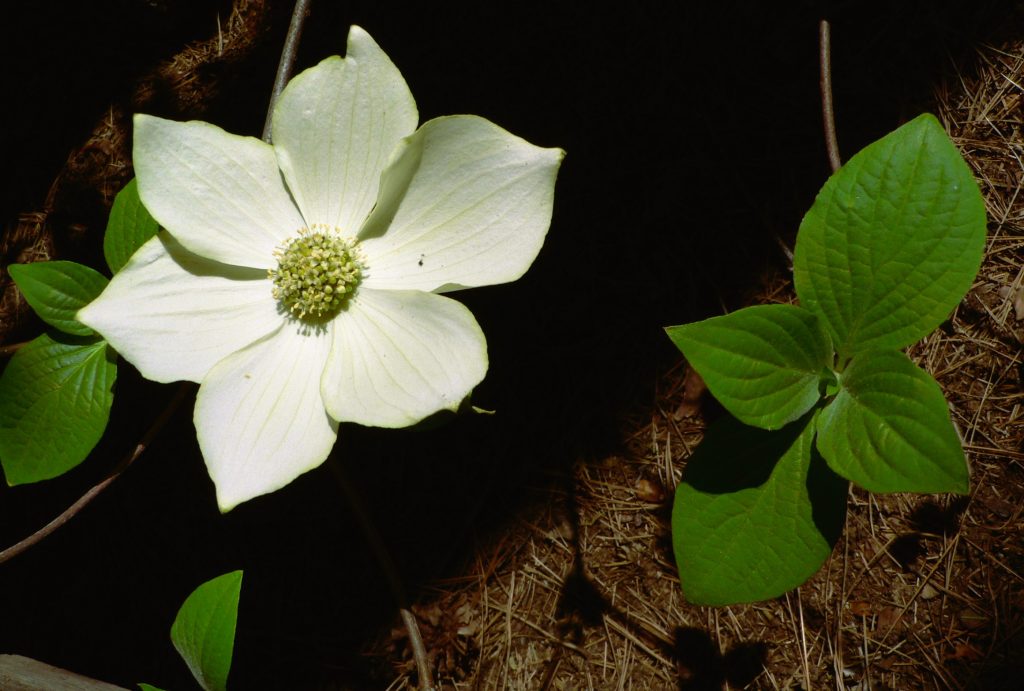Unveiling the Charm of the Pacific Dogwood: Cornus Nuttallii and its Horticultural Essentials

Introduction: Embark on a journey to discover the Pacific Dogwood, scientifically known as Cornus Nuttallii. Belonging to the Cornaceae family, this botanical gem is native to the western regions of North America, stretching from the southern plains of British Columbia to the mountains of southern California. A population is also found inland in central Idaho, with cultivated examples extending northward to the Queen Charlotte Archipelago. As a deciduous medium-sized tree, it gracefully reaches heights of 10-25 meters.
Snapshot of the Pacific Dogwood:
- Dense Clusters of Flowers: Small, inconspicuous individual flowers cluster densely, surrounded by large white bracts.
- Opposite Oval Leaves: The leaves are opposite, simple, oval-shaped, measuring 8-12 cm in length and 5-8 cm in width.
- Fruit Characteristics: The fruit is a compound reddish-pink berry around 3 cm in diameter, containing 50-100 small seeds; it is edible but not particularly flavorful.
Distribution and Habitat: The Pacific Dogwood thrives in the western landscapes of North America, ranging from the southern plains of British Columbia to the mountains of southern California. An inland population is situated in central Idaho, while cultivated specimens extend northward to the Queen Charlotte Archipelago.
Flowering and Fruiting:
- Inconspicuous Flowers: The flowers, individually small at 2-3 mm wide, form dense greenish-white heads with a rounded and compact diameter of 2 cm.
- Bracts as Petals: The 4-8 large white "petals" are actually bracts, each measuring 4-7 cm in length and width.
- Edible Berries: The fruit is a compound berry in a reddish-pink hue, approximately 3 cm in diameter. Although edible, it is not particularly tasty.
Cultivation Essentials: To ensure the optimal growth and health of Pacific Dogwood, consider the following:
- Location: Plant in well-drained soil with partial shade, especially in hotter climates.
- Watering: Provide regular watering, especially during dry spells.
- Pruning: Prune to maintain shape and remove dead or diseased wood.
Pests, Diseases, and Fertilization:
- Pest Management: Watch for aphids and spider mites. Introduce natural predators or use insecticidal soap when needed.
- Disease Prevention: Ensure proper air circulation to prevent powdery mildew. Treat promptly if signs of disease appear.
- Fertilization: Apply a balanced fertilizer in spring to support healthy growth.
Conclusion: Dive into the enchanting world of the Pacific Dogwood, an emblem of the western North American landscapes. Appreciate its delicate flowers, distinctive leaves, and edible berries. By providing the right care, addressing potential pests and diseases, and nourishing it appropriately, you can cultivate a thriving Pacific Dogwood that adds grace and beauty to your outdoor space.

Leave a Reply
You must be logged in to post a comment.